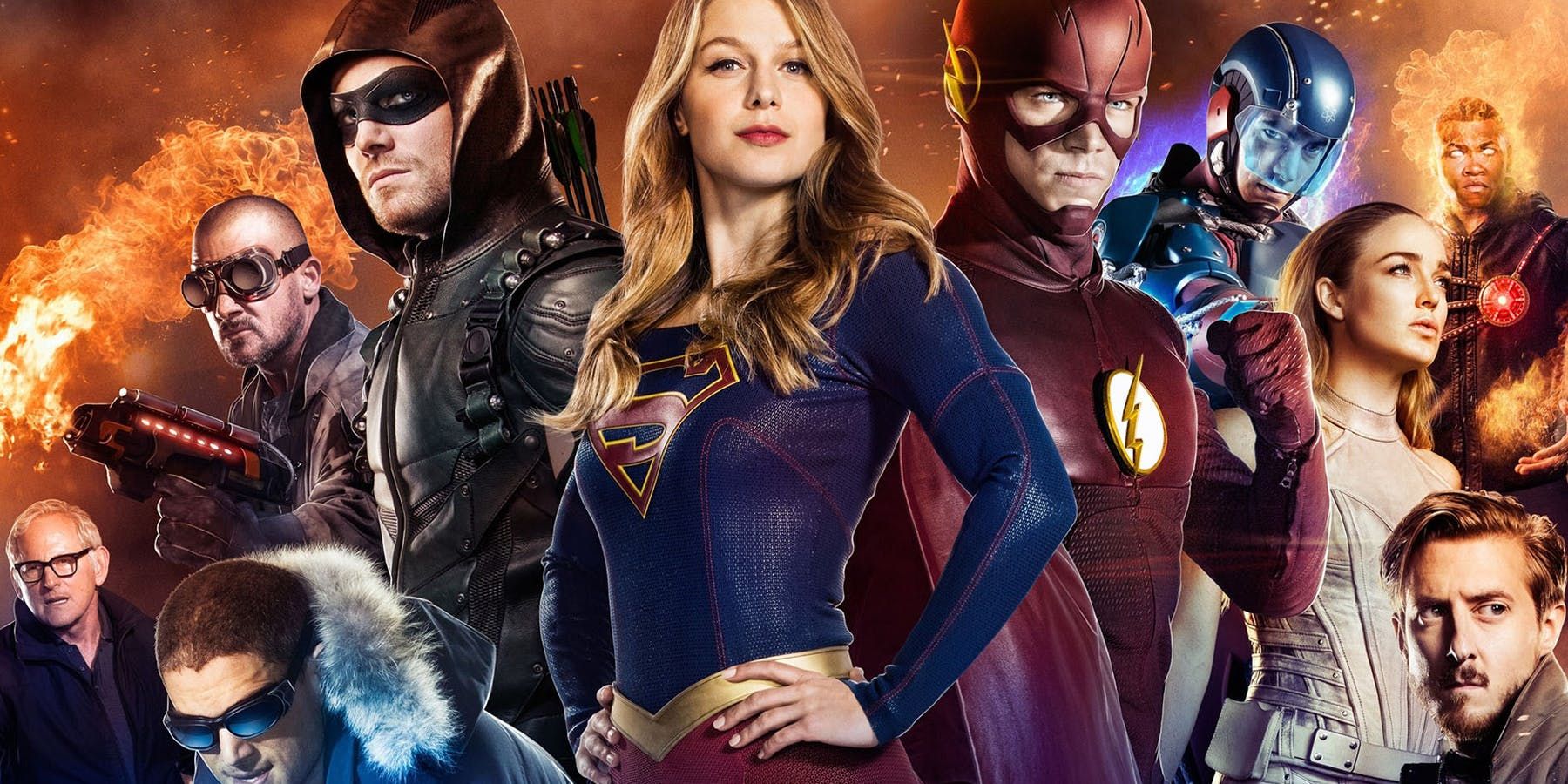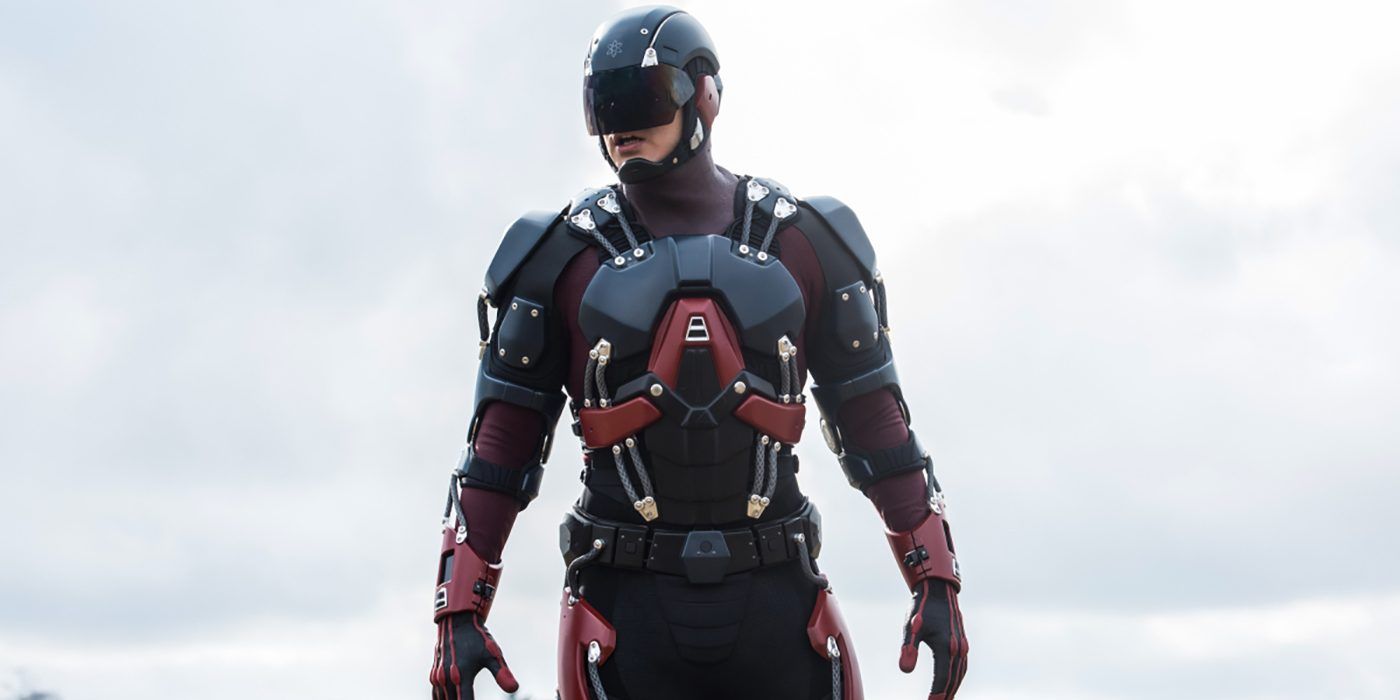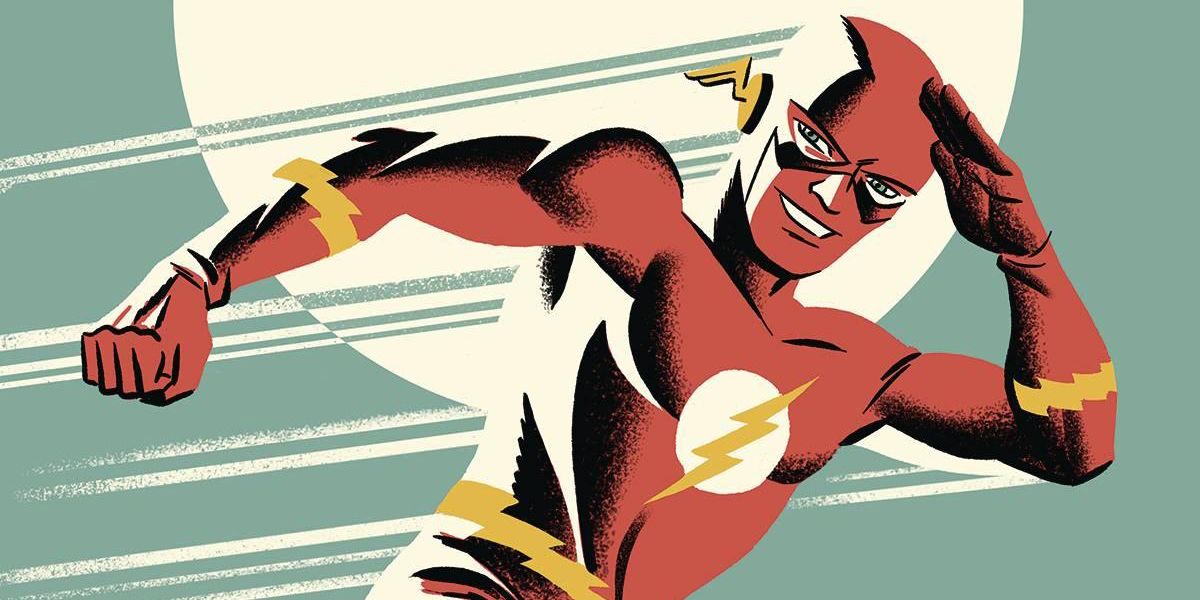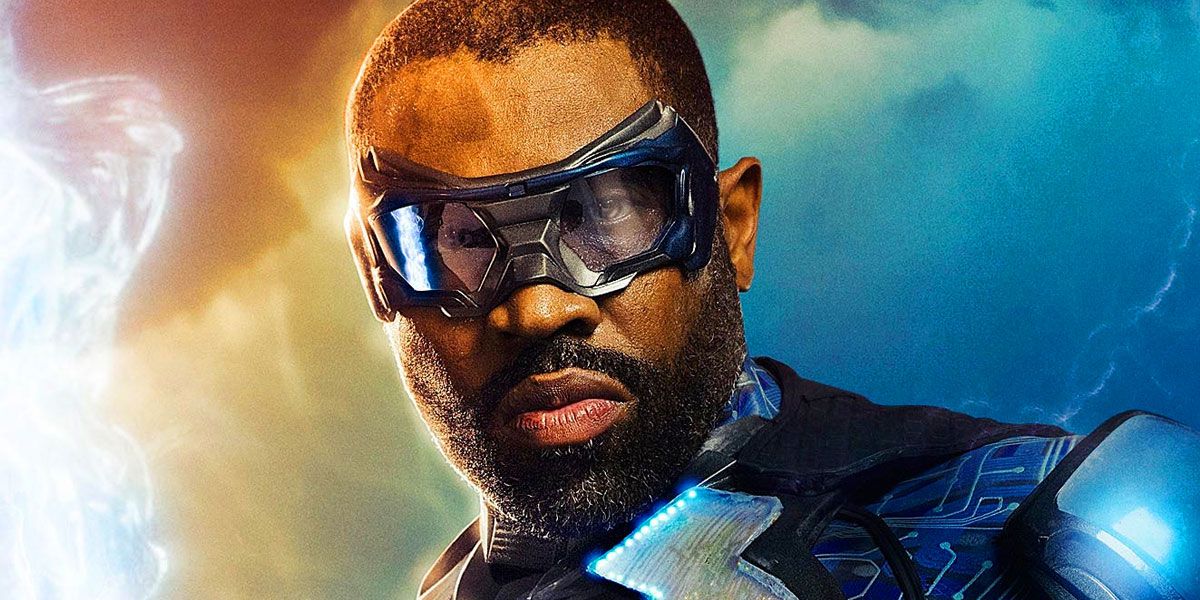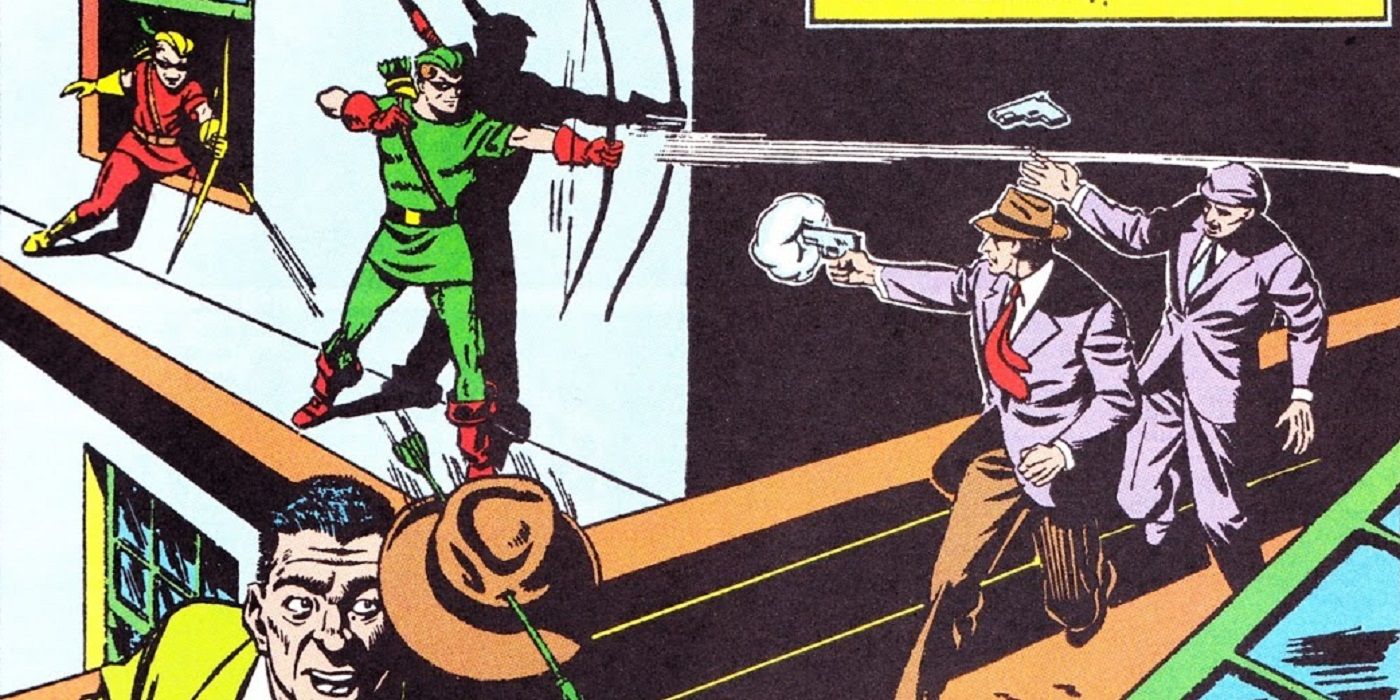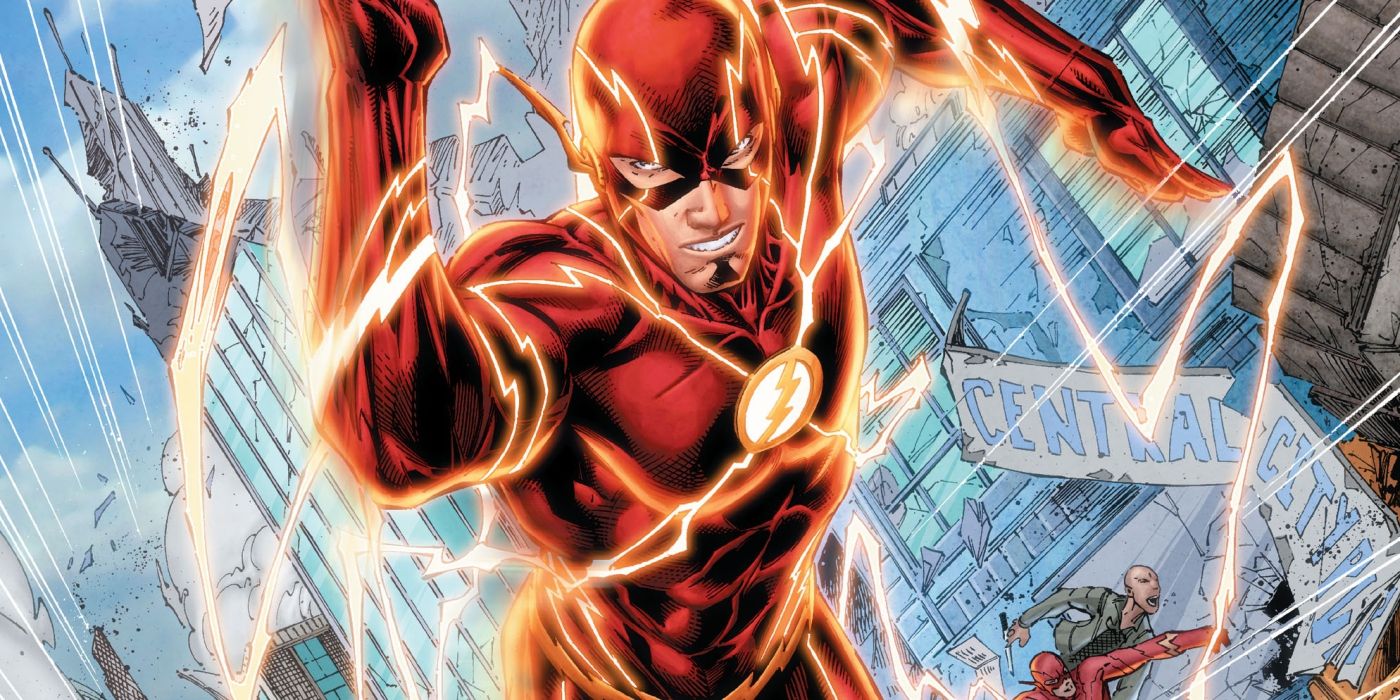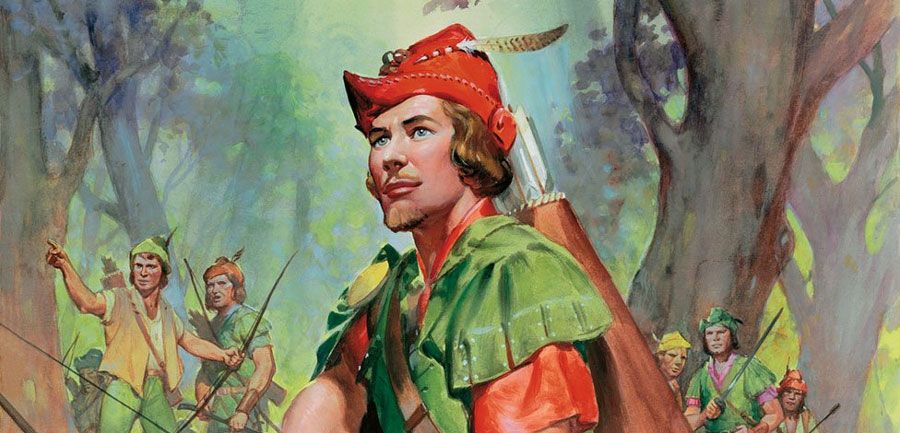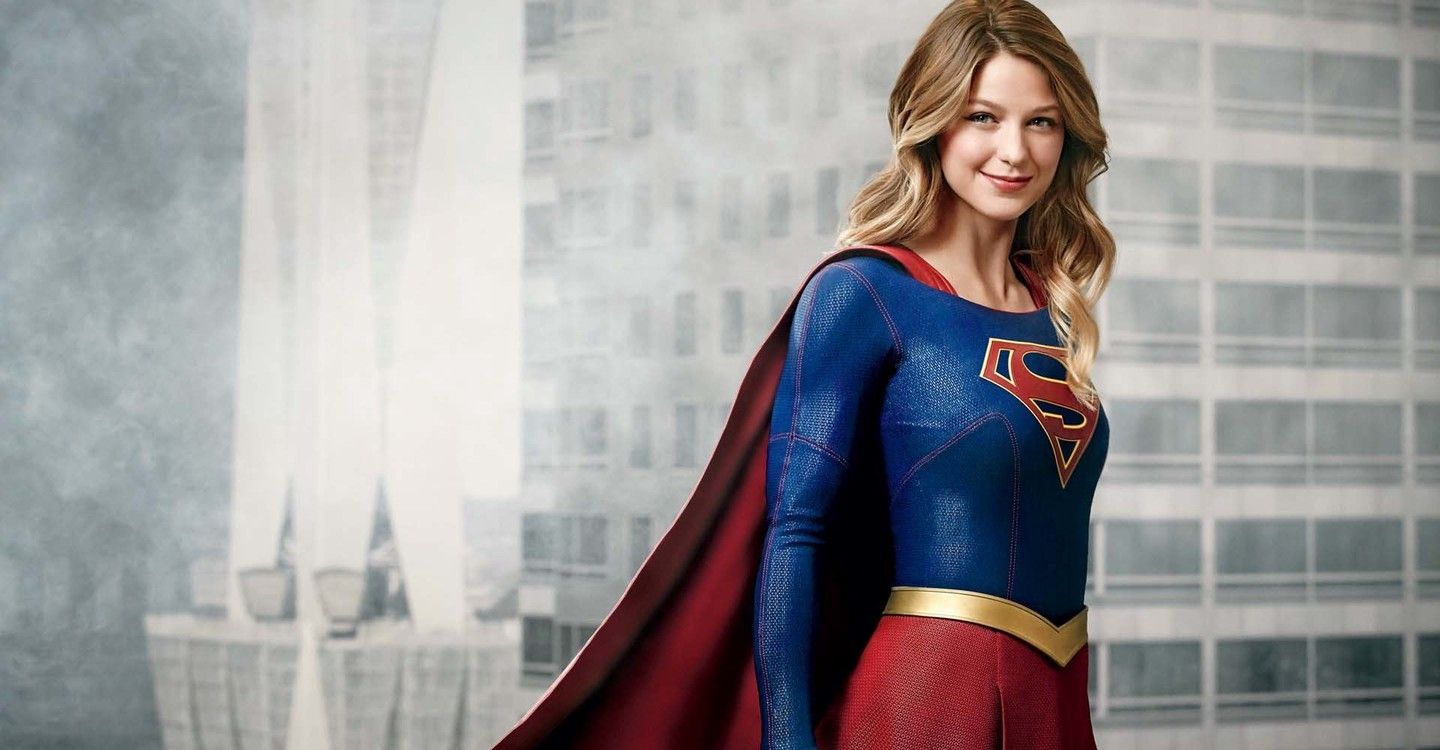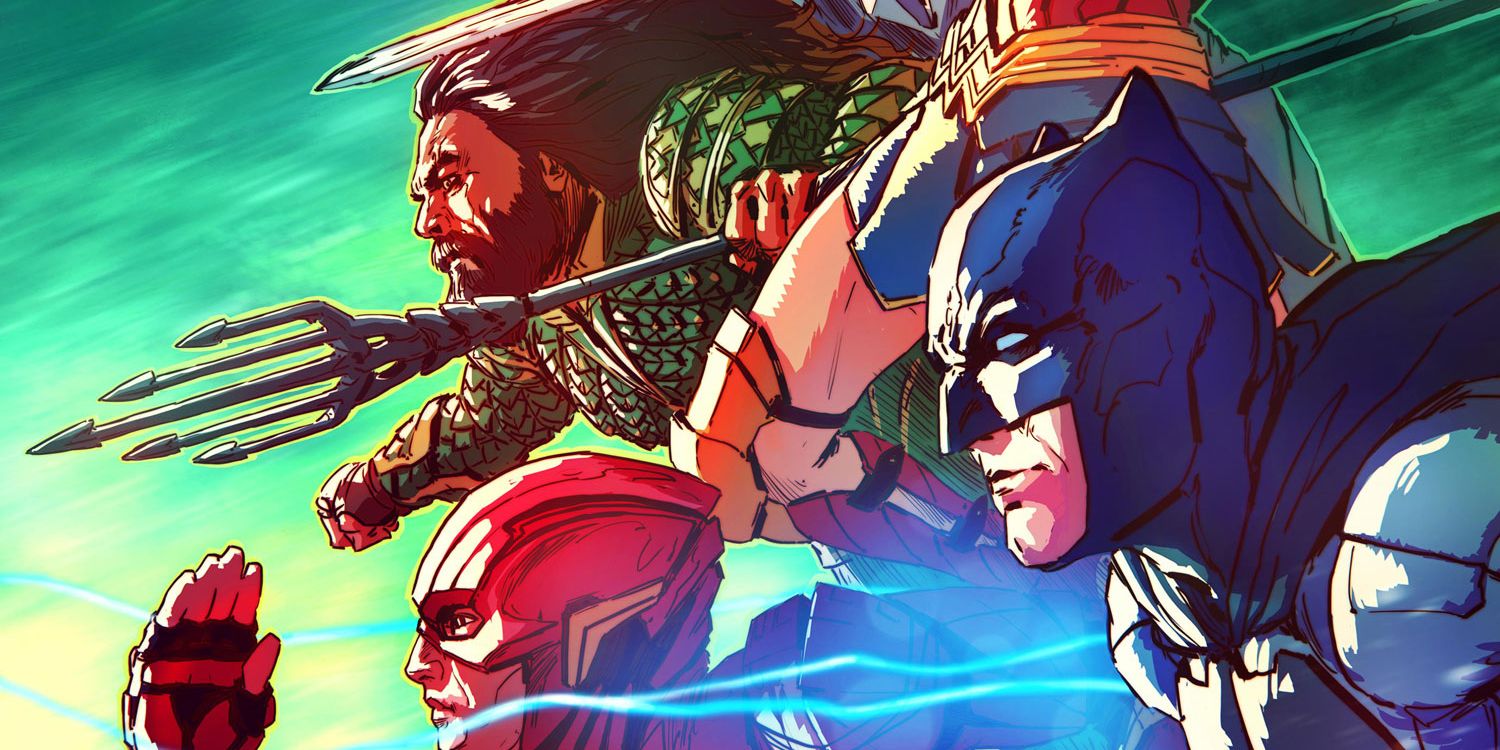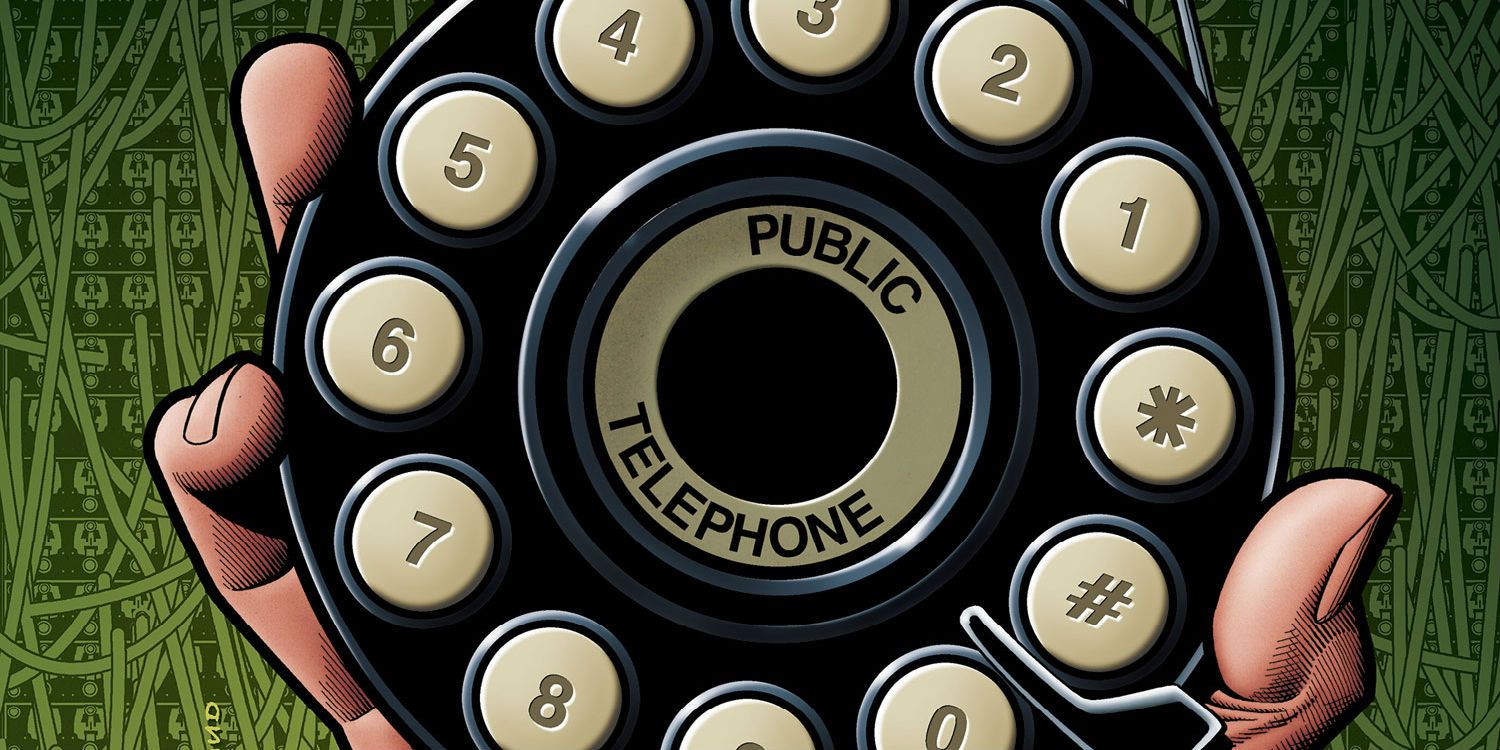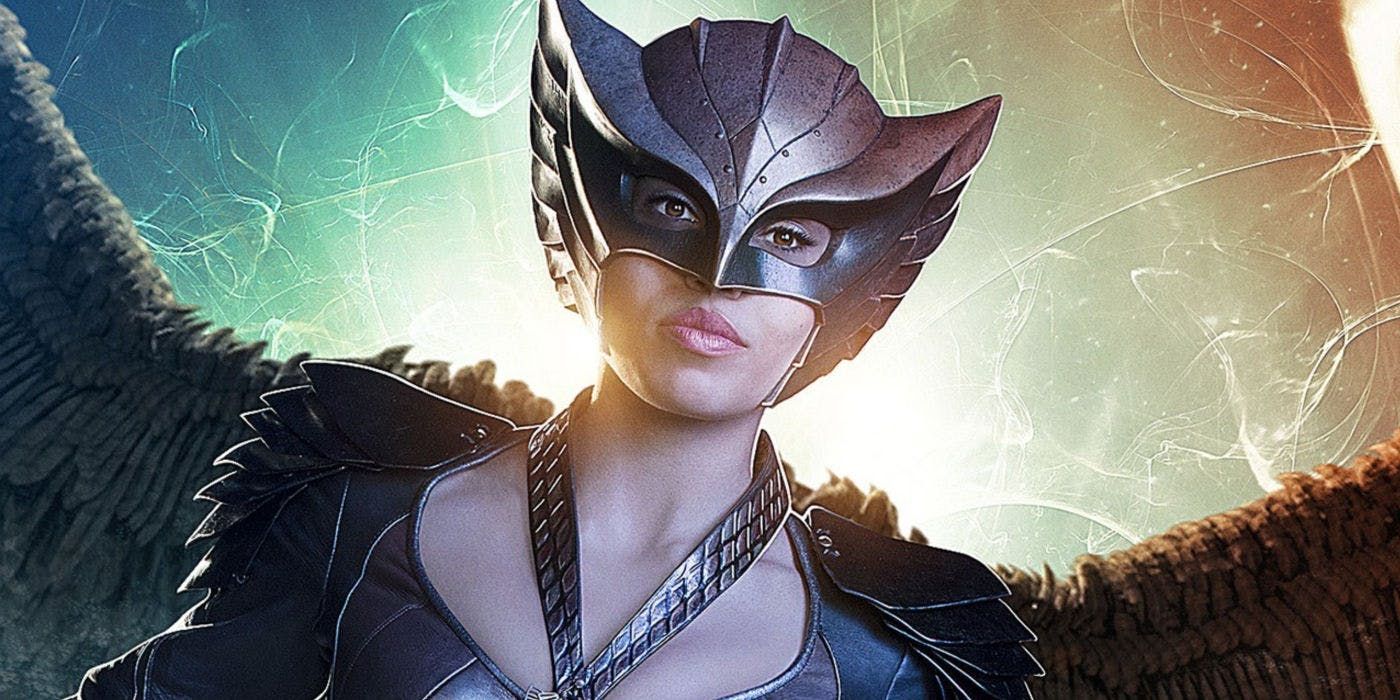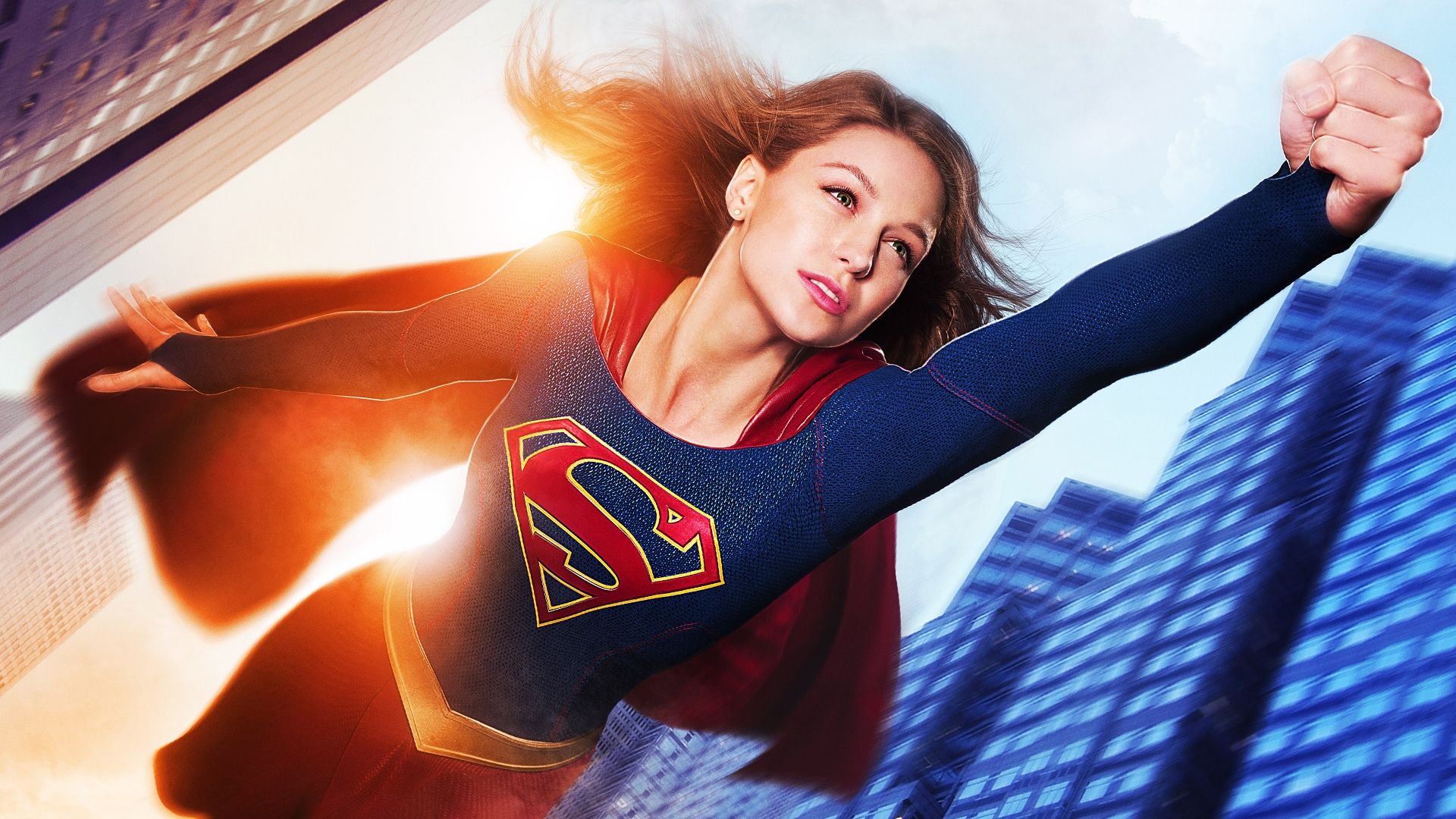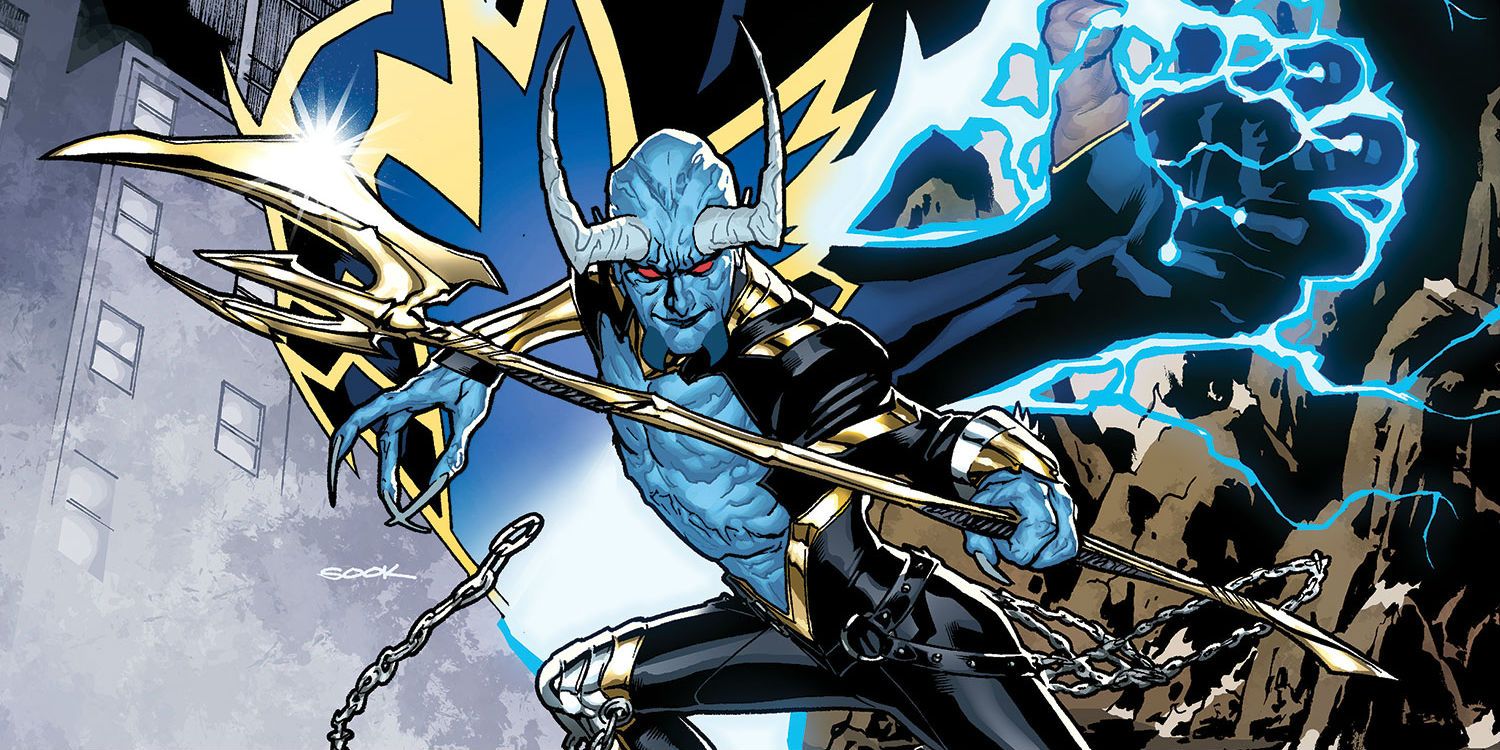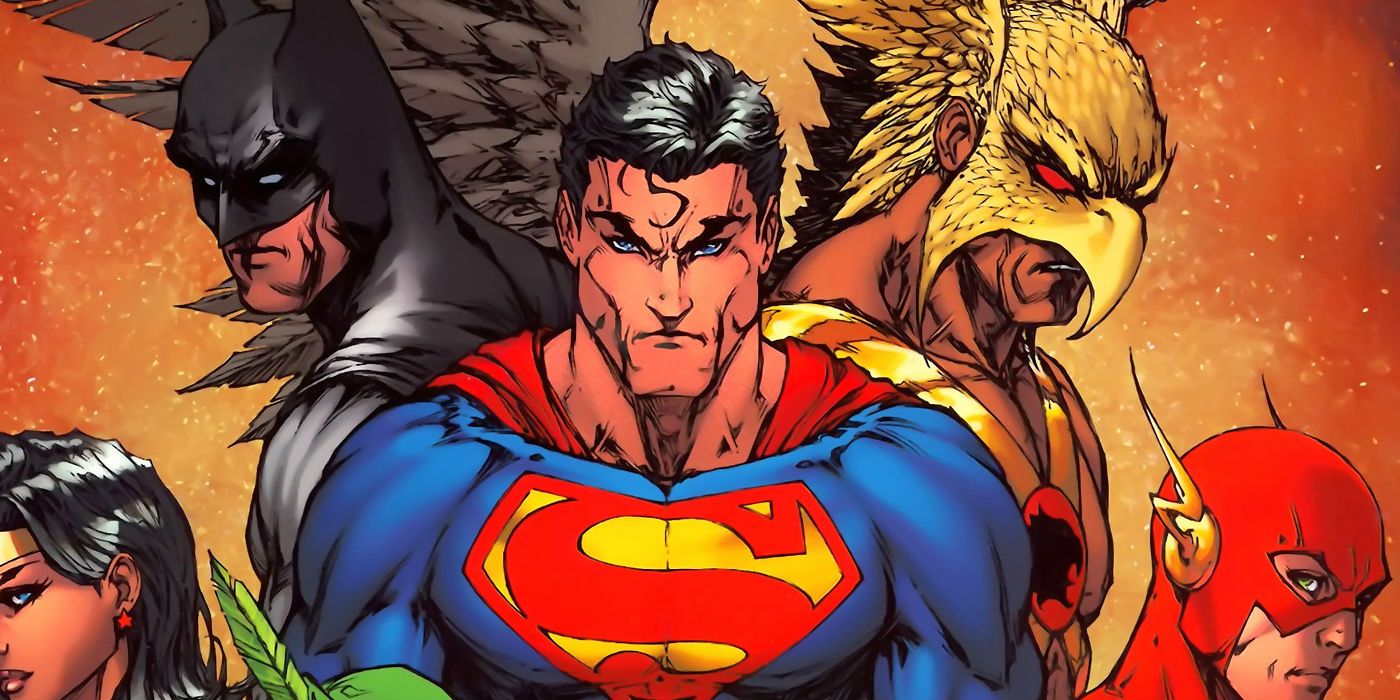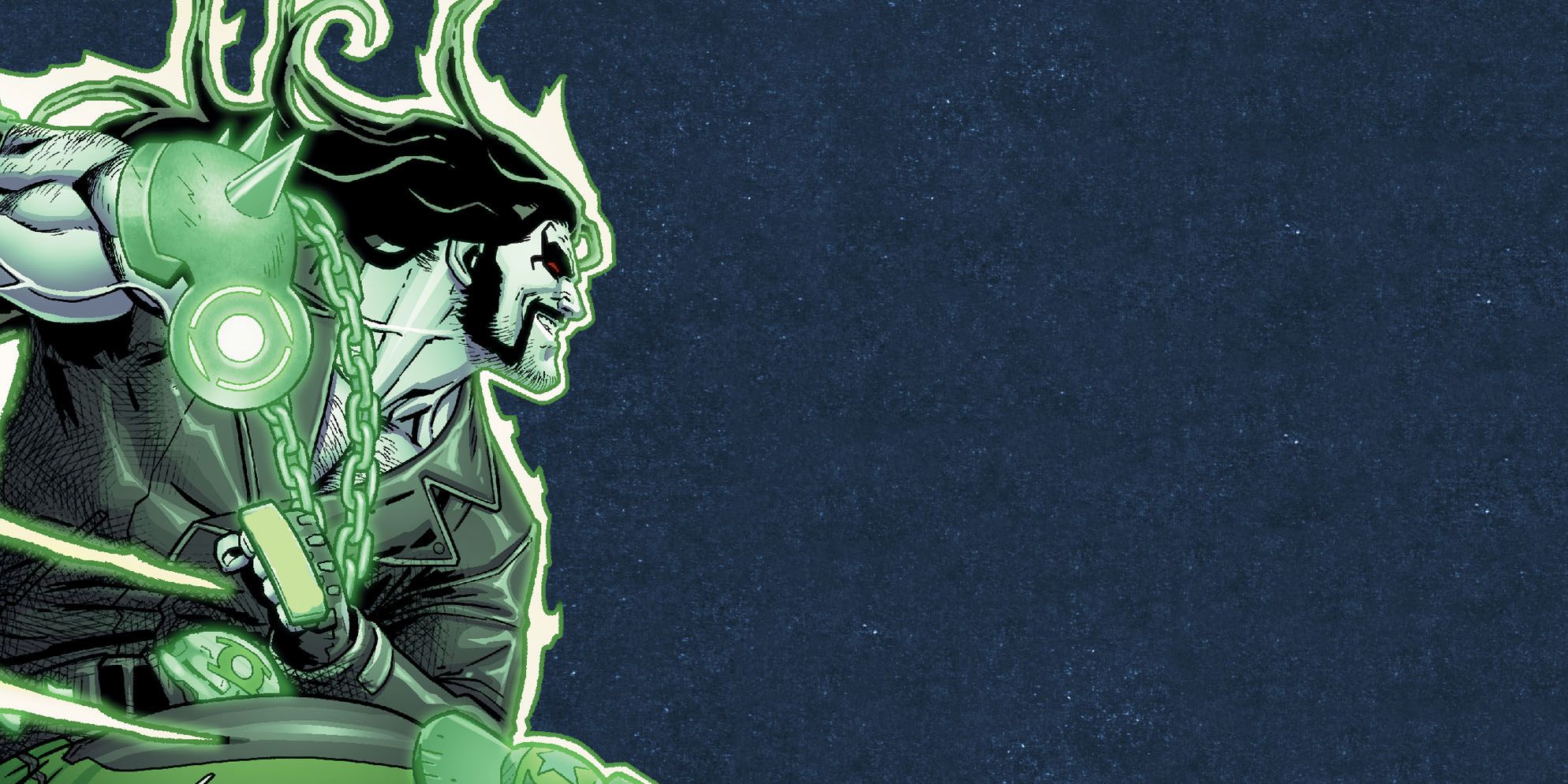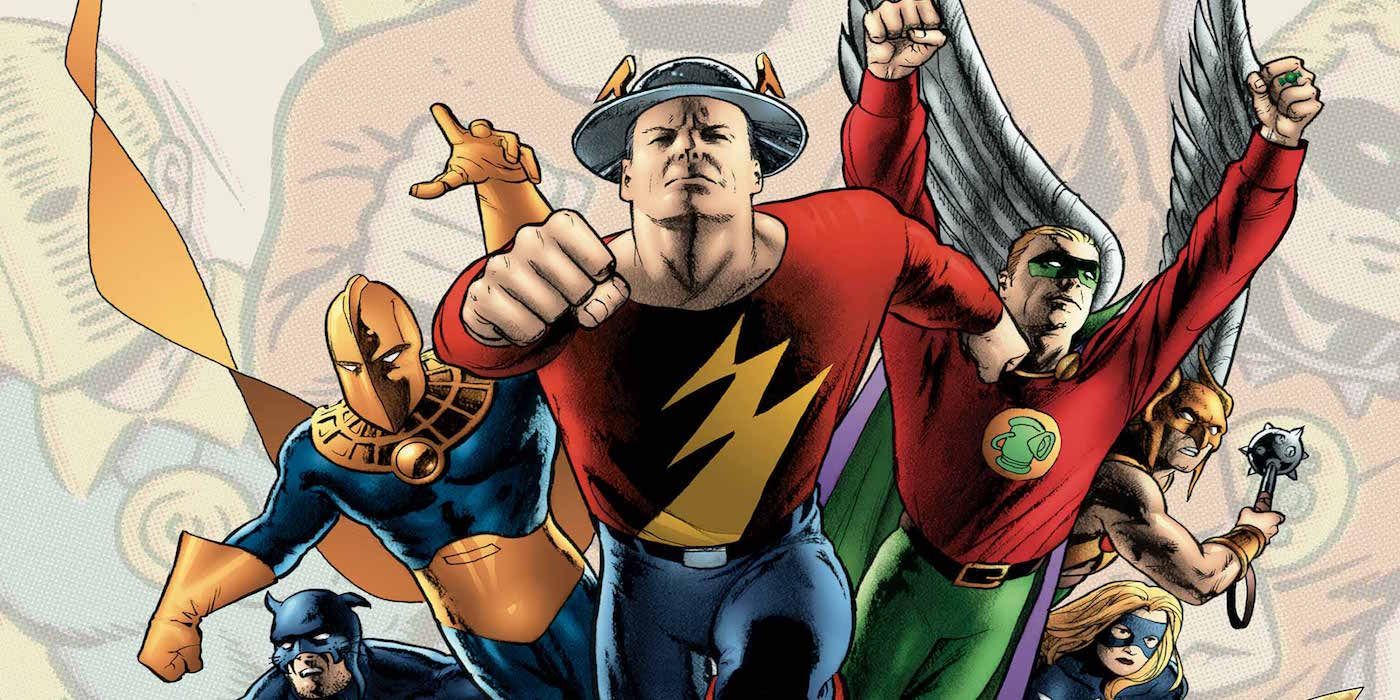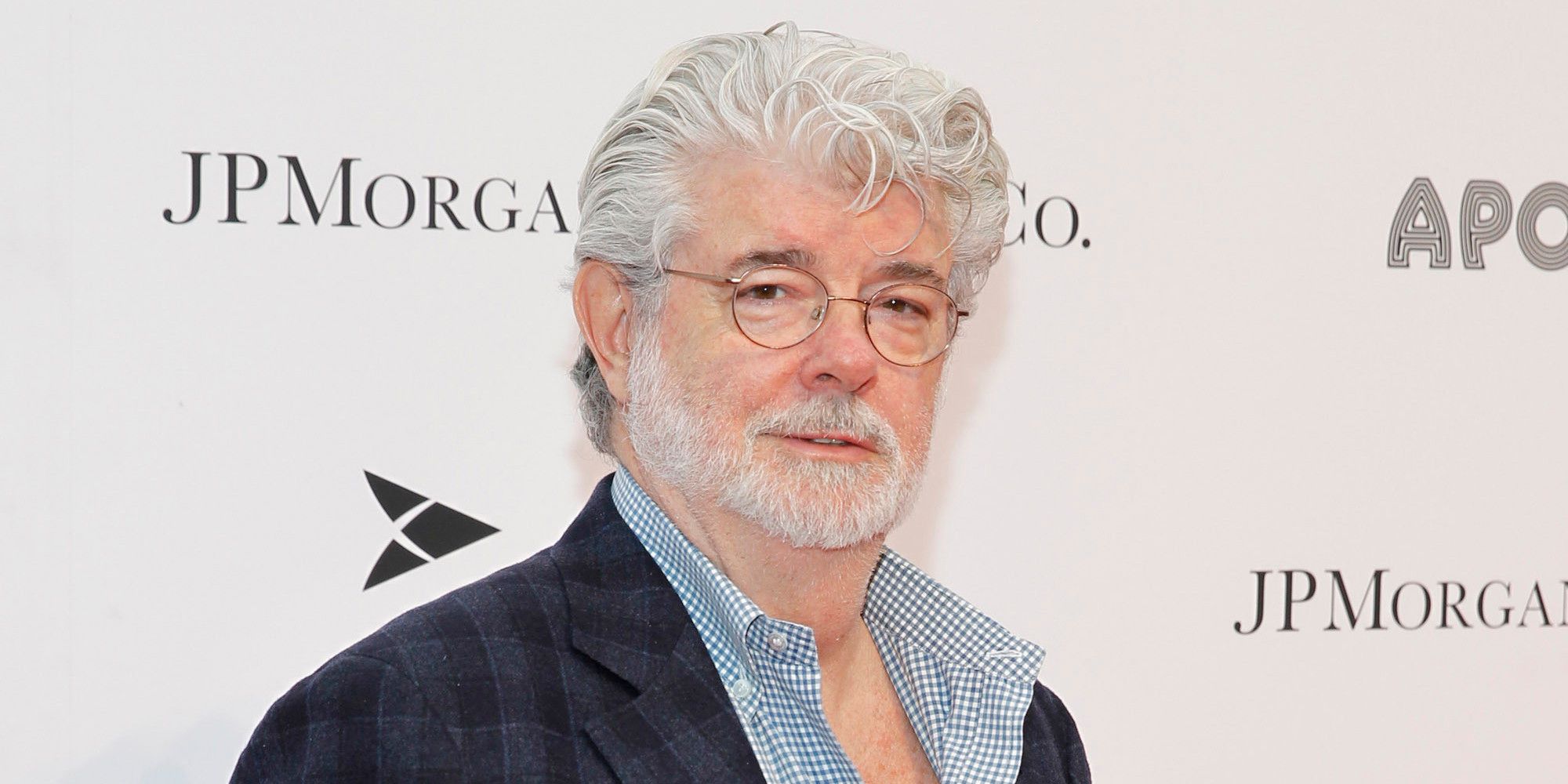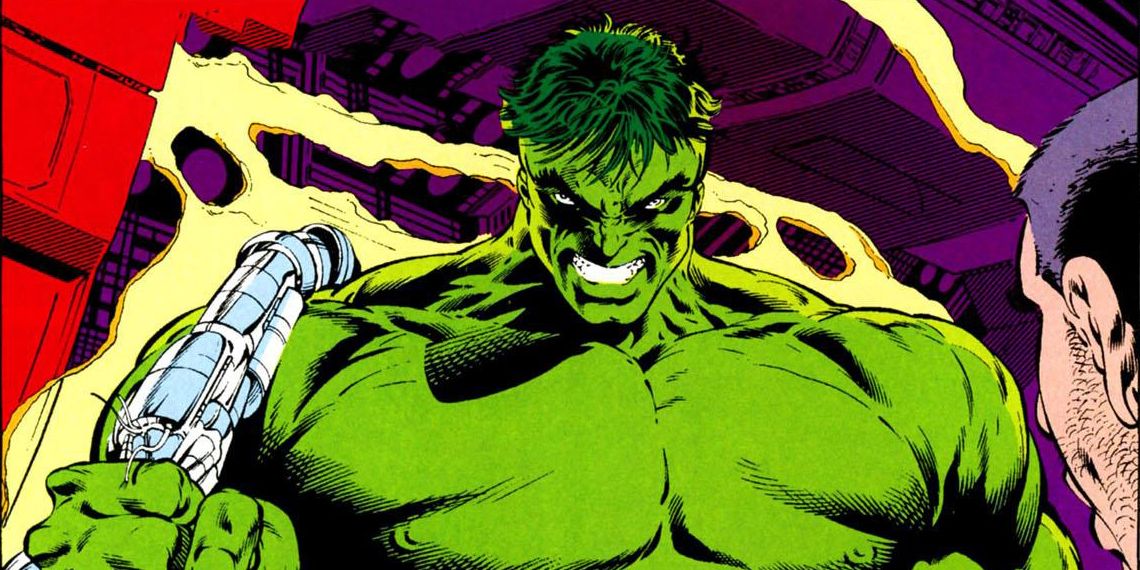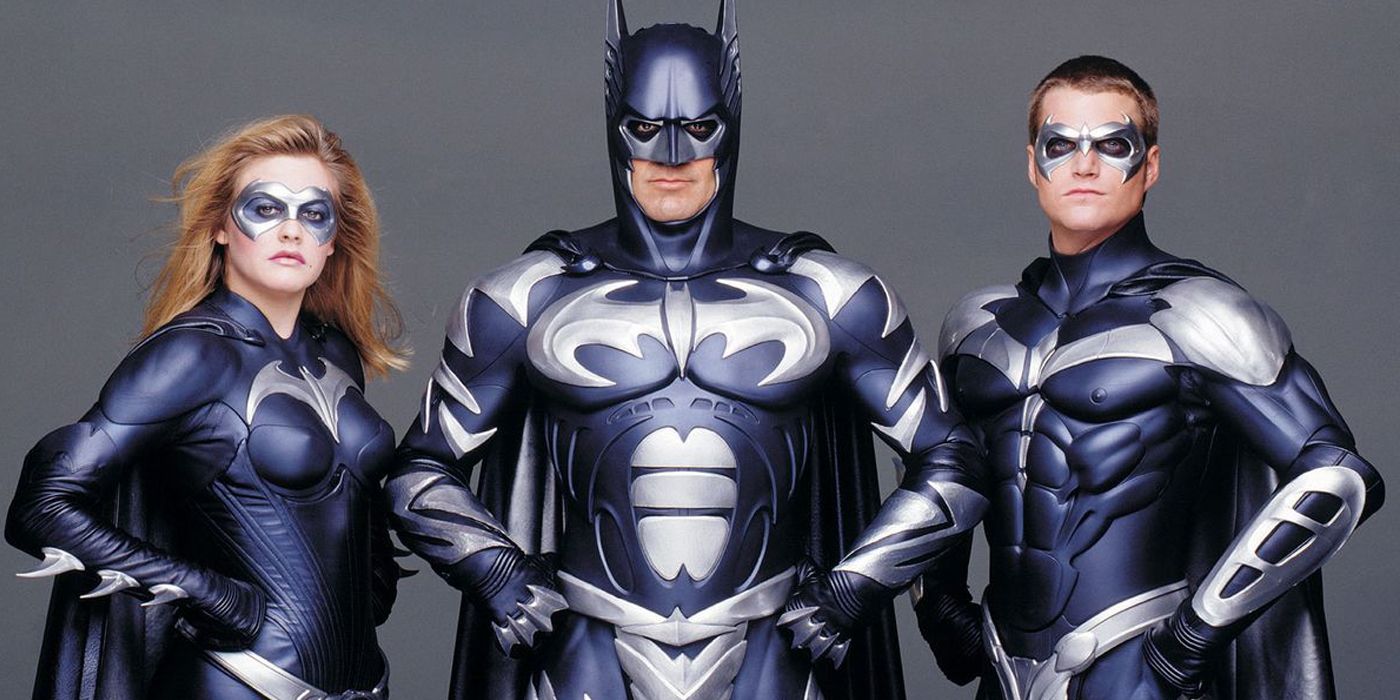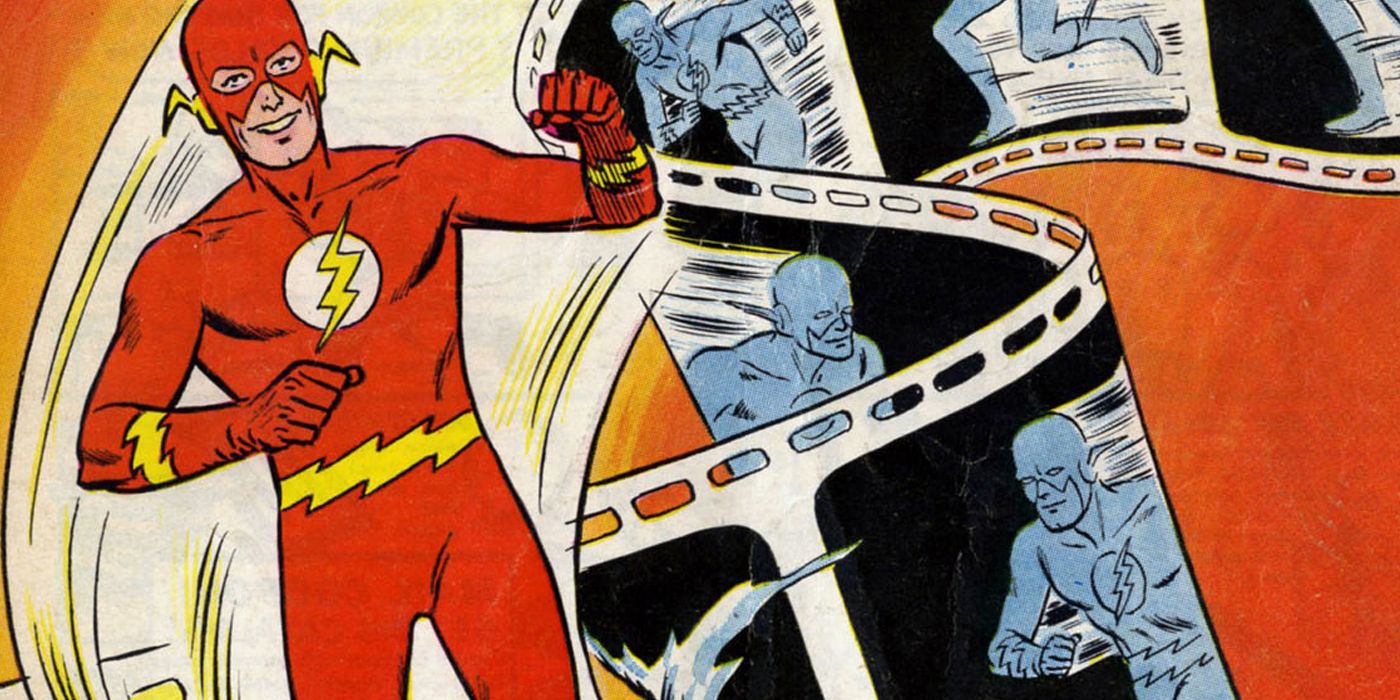Something that was evident from the start of CW's current batch of superhero TV shows -- which consists of their four shared-universe series, Arrow, Flash, Supergirl and DC's Legends of Tomorrow and their one independent superhero series, Black Lightning -- is that the creative personnel behind these shows are devout comic book fans. We are not talking about being able to name every original member of the Justice League here, we are talking being able to name every member of the Justice League ever levels of devotion.
With that in mind, it is no surprise that the shows have all peppered the background of scenes in multiple episodes with loads of hidden gems -- references to comic book characters, creators and, yes, even a notable double play combination from the Milwaukee Brewers. Hey, nothing says that devout comic book fans can't also be devout fans of other things, right? Many of these references are obvious, like when we saw a character that looked like Harley Quinn from the back in an an episode of Arrow spotlighting the Suicide Squad. The character was even voiced by Arleen Sorkin, the voice of Harley Quinn from Batman: The Animated Series! The references on this list, though, are much more obscure than that. You would almost have to have X-ray vision like Supergirl or the eyes of a sharpshooter like Oliver Queen to spot all of these hidden gems. See how many of them that you managed to catch when you first watched these episodes!
25 DUCK AND COVER
The most obscure regular hidden gem on this list has got to be the rubber duck gag on the Flash TV series. It is such a random choice for a superhero TV series.
For whatever reason, nearly every time that a scene takes place at the Central City Police Department, a rubber ducky is hidden in a scene, whether it be on a desk, a table, a bookcase or, like in one particular episode, in an evidence bag someone is carrying in the background of a scene.
24 ONE MAN ARMY CORPS
When Ray Palmer debuted his super-powered A.T.O.M. armor in Season 3 of Arrow, he quickly rattled off a lot of the technologies that were involved in the creation of the armor. One of the things that he mentioned quickly was that he used Queen Consolidated "O.M.A.C. Tech."
O.M.A.C., of course, was originally a Jack Kirby 1970s creation of a "One Man Army Corps" in the future. Later on, O.M.A.C.s were adapted to the present of the DC Universe, using two different acronyms over the years, "Observational Meta-human Activity Construct" and "Omni Mind And Community."
23 FAMILIAR NAME
Paul Gambaccini is currently a respected BBC radio and television announcer, but when he was a teenager, he was a regular letter writer to Julius Schwartz's superhero reboots during the Silver Age, including the Flash. Gambaccini was such a respected fan that the Schwartz and writer John Broome decided to name a tailor after Gambaccini.
Paul Gambi was a tailor who designed supervillain costumes. In the universe of the Flash, he has also lent his name to a dry cleaning delivery service, as seen in this shot from the pilot of the series.
22 THAT '70S SHOW
While Paul Gambi appears to be a dry cleaner instead of a tailor in the world of the Flash, a different Gambi is a tailor in the world of Black Lightning. Peter Gambi runs Gambi's Custom Tailoring and also served as the mentor to Jefferson Pierce, Black Lightning.
In the pilot, when Jefferson is recovering from his wound at Gambi's store, you can barely see in the window that the store has been opened since 1977. Black Lightning, of course, debuted in 1977 in Black Lightning #1 by Tony Isabella and Trevor Von Eedon.
21 DOCKET ALL TO HELL
Towards the end of Season 6 of Arrow, Oliver Queen was on trial for his crimes committed as the Green Arrow. However, during the trial, Christopher Chance, the master of disguise known as the Human Target, bursts in pretending to be the real Green Arrow. Eventually, Chance saves the day by impersonating the judge and vacating the jury's guilty verdict.
The docket number, and name of the episode, is "Docket No. 11-19-41-73." Green Arrow debuted in More Fun Comics #73, which came out on November 19, 1941.
20 52 PICK-UP
Probably the most pervasive instance of hidden gems in the world of CW's superhero series is in the mentions of the number "52." Since these shows all debuted after DC's "New 52" started in 2011, they have all worked in a number of references to that number in nearly ever series.
Some of them are extremely hard to find, like this newspaper clipping from the Flash about the arrest of Henry Allen, Barry Allen's father, for ending the life of Barry's mother. As you can see when you freeze the image, the police that arrested Allen were from the 52nd division.
19 A ROSE BY ANOTHER OTHER NAME
In the Season 3 of Arrow episode, "Draw Back Your Bow," we met a brand-new villain, the archer known as Cupid, who is insanely in love with the Arrow. She proves her love by taking out bad guys.
At one point, she kidnapped a mobster and tied him up to a bomb in a flower store called Sherwood Florist. That is the name of Dinah Lance's flower shop in the Green Arrow comic book series from the late 1980s. It was originally based in Seattle, but she later opened another on in Gotham City when she joined the Birds of Prey.
18 A BRIDGE TO THE BEGINNING
The moment where Kara Danvers has to make a decision on whether she wants to use her superpowers for good happens fairly early in the pilot of Supergirl. A plane with her sister, Alex, on board is about to crash and no one but Kara can save it.
She flies up and uses her super strength and flight to bring it down safely, despite having to maneuvuer the plane through a giant bridge in National City in the process. The bridge was called the Otto Binder bridge. Otto Binder co-created Supergirl in Action Comics #252.
17 A CRY FOR JUSTICE
One of the most beautiful pieces of the set design on the Flash is the gorgeous mural on the wall in the lobby of the Central City Police Department. Titled "Truth. Liberty. Justice," the mural appears to be just a typical sort of celebration of civic pride.
However, if you look closer, you can see that it is a depiction of seven of the first eight members of the Justice League as the Greek Gods. Including, of course, Green Arrow as Apollo. Only founding member Martian Manhunter is missing.
16 A CALL TO JUSTICE
On the Flash, we learned about the existence of alternate worlds, which is right out of the DC Comics with their Multiverse. Supergirl's world is one world, but another notable one is Earth-2, where the heroic version of Harrison Wells lived with his daughter, Jessie.
When Barry visited Earth-2 and took the place of the Earth-2 Barry, we briefly see his telephone and the speed dial settings conspicuously mention Bruce, Hal and Diana, namely three of Barry's famous Justice League teammates (Batman, Green Lantern and Wonder Woman, respectively).
15 WE'RE GOING TO THE WILD WILD WEST
In an early Flash episode, Barry Allen is in an alley and we can see a number of posters on the wall of the alley. One of them is for a movie titled Cinnamon and Nighthawk.
Cinnamon and Nighthawk, naturally, are both well-established DC western heroes, who became a romantic pairing later in their comic book careers. In the last couple of decades, they even turned out to be Hawkman and Hawkgirl reincarnated. DC's Legends of Tomorrow picked up on that by having Hawkgirl actually meet Cinnamon in a trip to the past.
14 CREATIVE CHEMISTRY
The driving force behind early episodes of Supergirl was having Kara and her allies face off against prisoners who has once been held in the Kryptonian prison Fort Rozz. In "Stronger Together," an alien known only as Hellgrammite kept breaking into chemical plans to find chemicals that he needed to feed on to survive.
Things took a turn for the deadly when he accidentally smoked a guard at Platino Chemicals. The DEO had to step in and take him down. Just like Otto Binder Bridge, Plastino Chemicals is named after one of Supergirl's co-creators, this time artist Al Plastino.
13 TRUE MARQUEE IDOLS
A fun thing about marquees in the background of episodes is that you can come up with any kind of movie that you want to within the "Arrowverse." However, in the early Flash episode, the show's creators stuck with a close study in DC history.
You see, one of the original members of the Doom Patrol, Elasti-Girl, was originally a famous actress named Rita Farr. Similarly, the hero known as Blue Devil was originally a movie stuntman. Therefore, in Arrowverse, two of the biggest movies are a movie about Farr's life and a film about Blue Devil.
12 AN IDENTITY CRISIS
In Season 3 of Arrow, Thea was still dealing with the fact that Malcolm Merlyn is her biological father. While trying to wrap her head around that news, Malcolm shows up to let her know that Ra's Al Ghul wants Malcolm dead and his family, so she needs to leave town.
Before he arrives, Thea is reading a copy of Brad Meltzer's The 5th Assassin. Meltzer is most famous for writing the DC miniseries event, Identity Crisis, but his first comic book work was an arc on Green Arrow.
11 THE MAIN MAN ABIDES
In the Supergirl Season 1 episode, "Truth, Justice and the American Way," a mysterious attacker is perishing escapees from Fort Rozz. It turns out in the end that it is a former prison guard on Fort Rozz who has become a vigilante.
Before they figure out who the criminal is, though, Alex Danvers and J'onn J'onnz discuss whether it might be the work of an alien bounty hunter. Alex asks J'onn if it might be "him," to which J'onn quickly responds, “No, no, if he were in town, we’d know." They are slyly referencing the famed alien bounty hunter, Lobo.
10 THE GREAT SOCIETY
As noted earlier, things are a lot different on Earth-2 than on Earth-1. In the comic books, the big difference was that Earth-2 had the Justice Society of America lived and Earth-1 had the Justice League of America. Later on, Earth-2 was also specifically stuck in the 1940s.
So when Barry Allen visited Earth-2 on the Flash, the set design was in the style of the 1940s and the Justice League mural is replaced by a World War II propaganda mural featuring the Justice Society of America, who had not even appeared in the Arrowverse at the time!
9 A NEW HOPE FOR LUCAS
One of the most fun aspects of the time-traveling adventures of the Legends on DC's Legends of Tomorrow is how many clever references that they can fit into their trips through history. One of their more amusing journeys was when the bad guys planned on eliminating George Lucas from the past, as his creation of Star Wars and Raiders of the Lost Ark directly led to Atom and Commander Steel becoming superheroes.
When they find young George Lucas, his license plate ix THX-138, the name of Lucas' first film that Lucas himself hid in other films, including Star Wars.
8 REMEMBER THIS NAME
In Season 3 of Supergirl, the Worldkillers were the biggest threats. The Worldkillers were sent to Earth ahead of Kryton's destruction, but the human identities of the Worldkillers fought against their programming.
Two of them, Julia and Sam, try to remember enough of their human lives to fight back and take control of their bodies. They each write on the walls the names of people that they remember. Julia writes down the name, "Peter David," who famously had a long run on Supergirl's comic book series in the 1990s.
7 INFECTIOUS CROSSOVER
Wally West was worked into the Flash when we met his mother, who was estranged from both her ex-husband, Joe West, and her daughter, Iris. As it turned out, she had a fatal illness. The producers naturally wanted to pick a fatal illness where they did not have to worry about following any specific guidelines.
So she instead ended up coming down with MacGregor’s Syndrome, which was a disease that was invented for the film, Batman and Robin, as a disease that almost ends the life of Alfred Pennyworth in the film.
6 SHOWCASE ON THE FLASH
We first met Barry Allen when he guest-starred on two episodes of Arrow in Season 2 of that series. We see him caught in the rain and he is using a magazine as a sort of makeshift umbrella. The magazine is titled Scientific Showcase.
The magazine is a reference to Showcase, the try-out comic book series where Flash made his debut in the fourth issue of the title. The magazine also appeared in an episode of Constantine. John Constantine was not part of the Arrowverse at the time, but he ultimately did become part of its continuity.

